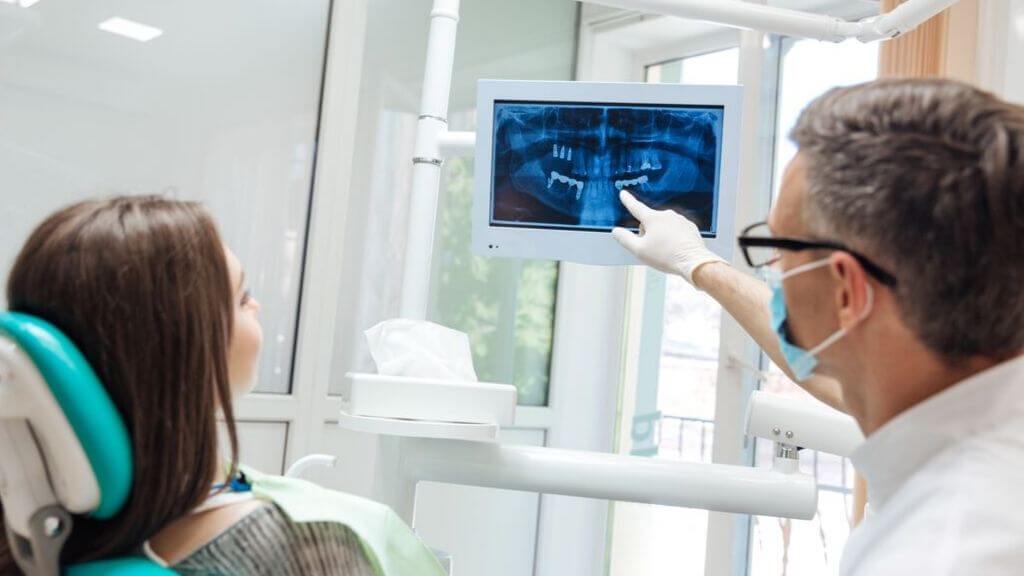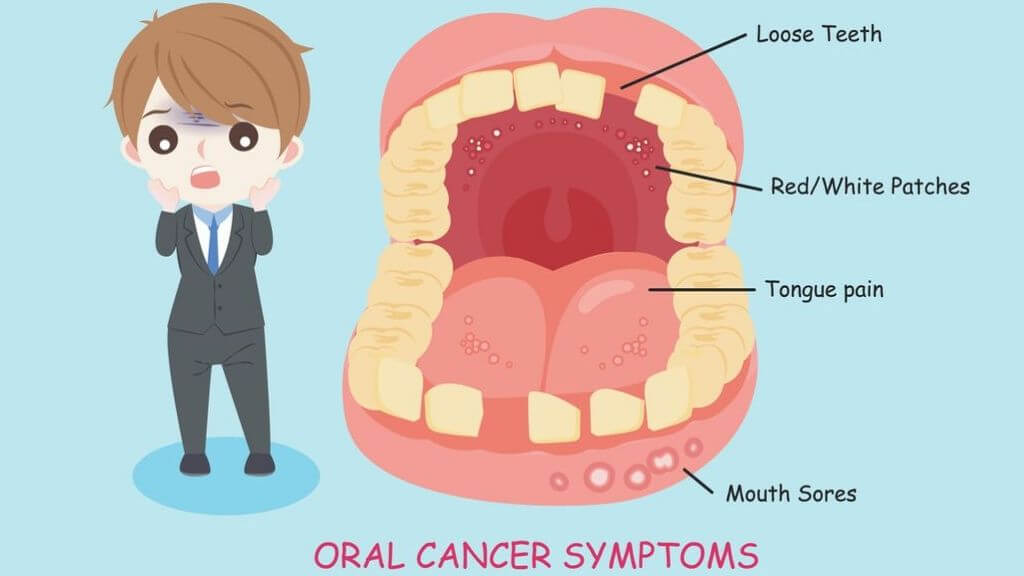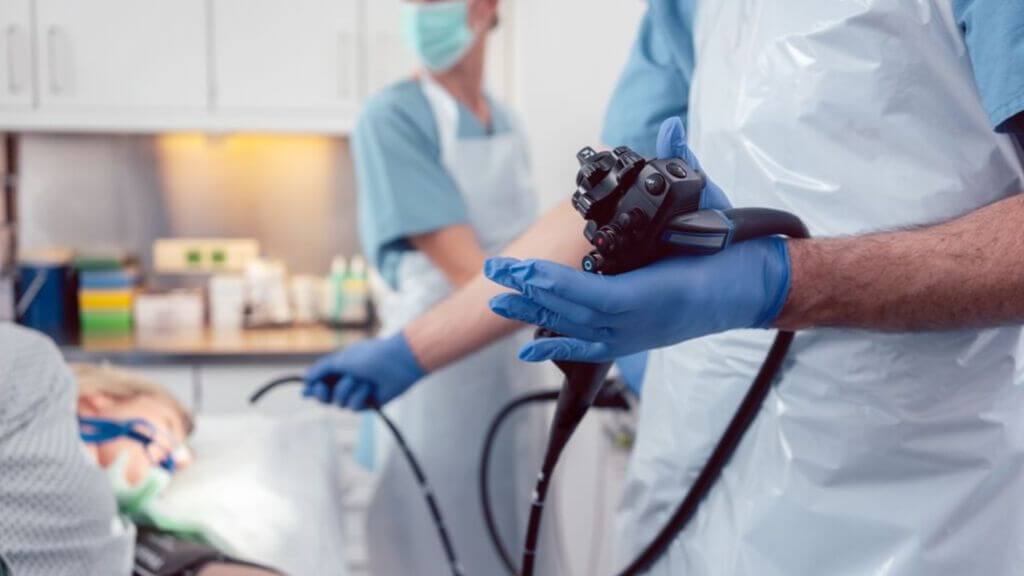Oral cancer is cancer that develops in your mouth or in your throat. These cancers typically develop in a specific type of cell known as squamous cells. These are found in the mouth, tongue, and lips.
Oral cancer is usually detected after they have spread to lymph nodes, and it is more common among those over the age of 40. Early detection is essential in the fight against his type of cancer.
Oral Cancer Causes
The most common risk factors for oral cancers are tobacco use and excessive alcohol consumption. When the two are regularly used together, the risk becomes even higher. Other risk factors for oral cancers include:
♦ Poor nutrition
♦ A weakened immune system
♦ HPV (human papillomavirus) infection
♦ Chronic facial sun exposure
♦ Genetic syndromes
♦ Family history of oral cancers or other types of cancer
Oral Cancer Symptoms
The signs of oral cancer include:
♦ Bleeding from your mouth
♦ A sore throat
♦ A sore on your lip or mouth that won’t heal
♦ Pain or difficulty swallowing
♦ A mass or growth anywhere in your mouth
♦ Jaw pain or stiffness
♦ Tongue pain
♦ A lump in your neck
♦ Loose teeth
♦ Dramatic weight loss

Oral Cancer Diagnosis
Your dentist is often the person to first identify oral cancer, so it is important to have biannual checkups to keep your dentist aware of your oral health. If oral cancer is suspected, you should bring it to your doctor’s attention.
A diagnosis will be made after a physical examination of your mouth, tongue, throat, and lymph nodes. Any growths will be tested through a biopsy, and imaging tests may also be done to confirm a diagnosis.
♦ X-rays can identify if cancer cells have spread to the jaw, chest, or lungs.
♦ PET scans can determine if cancer has traveled to lymph nodes or other organs.
♦ An endoscopy will look more closely at the esophagus, windpipe, and trachea for cancer cells or growths.
Treatment for Oral Cancer
There is no definitive cure for cancer of any type, but oral cancer can be successfully treated when diagnosed promptly. Treatment depends on the location and stage of oral cancer at the time of diagnosis. Typical treatment options involve:
♦ Radiation therapy: Doctors aim radiation beams directly at the tumor for a set amount of time each week. Typically radiation treatment is done once or twice a day, five days a week, for between two and eight weeks.
♦ Chemotherapy: This is a treatment that includes drugs that kill cancer cells, and is given either orally or through an IV. Most chemotherapy treatment is done on an outpatient basis. At advanced stages, individuals may be hospitalized, and treatment will involve a combination of chemotherapy and radiation therapy.
♦ Targeted therapy: This type of treatment is effective in both early and later stages of oral cancer. Targeted therapy drugs bind to specific proteins on cancer cells and inhibit their growth.
Diet for Oral Cancer
Nutrition is an important part of treating oral cancer. Some treatment options can make it difficult to swallow, or they can cause poor appetite and nausea. Weight loss and malnutrition are also common with oral cancer.
A nutritionist and your doctor can help you devise a balanced and nutritious diet plan to ensure you get the nutrients you need. Your overall health will impact the body’s ability to fight cancer as well as the effectiveness of the treatment.
A diet full of antioxidants, as found in fruits, vegetables, and green tea, can help reduce symptoms and support effective treatment.
Natural Treatments for Oral Cancer
Keeping your mouth clean is critical, both during and after oral cancer. Proper brushing and oral hygiene are necessary to keep your teeth and gums clean and your mouth moist. This prevents any infections, as they may interfere with their effectiveness.
In addition to dietary modifications and medications or surgery, there are home remedies you can try that will help with oral cancer.
♦ Acupuncture can help to relieve nausea associated with cancer treatments.
♦ Exercise helps to relieve stress and fatigue, which are common in all forms of cancer.
♦ Tai Chi and yoga allow for relaxation and deep breathing, which can bring calm and improves symptoms like fatigue and pain.

What Are the Variations of Oral Cancer?
The various types of oral cancer include:
♦ Lips
♦ Tongue
♦ Inner lining of the cheek
♦ Hard and soft palate
♦ Gums
♦ Floor of the mouth
There are also four stages of oral cancer that mark its progression and can determine the level of treatment required.
♦ Stage 1: A tumor is 2 centimeters or smaller, and cancer has not yet reached the lymph nodes.
♦ Stage 2: Tumor is between 2 and 4 centimeters, and cancer is still not in the lymph nodes.
♦ Stage 3: Tumor is larger than 4 centimeters and hasn’t spread to the lymph nodes, or is any size and has spread to the lymph nodes.
♦ Stage 4: Tumors are any size, and cancer has spread to lymph nodes and nearby tissues, or to other parts of the body.
Oral Cancer Statistics
♦ An estimated 53,000 adults are diagnosed a year with oral cancers.
♦ 25 percent of cases of oral cancer occur in people under the age of 55.
♦ Rates of oral cancers are twice as high in men, and it is the 8th most common cancer in men.
♦ The rate of survival with early diagnosis of oral cancer is 83 percent. This rate drops to 39 percent if cancer spreads to other parts of the body.

Oral Cancer and Surgery
Surgical options are only offered in the earlier stages of oral cancer. If surgery is approved for a tumor, it will involve the removal of the tumor and the cancerous lymph nodes if there are any.
Any surrounding tissue in the mouth or neck may also be removed in the event the cancer cells have spread to those areas. Cancer cells can migrate easily and may be present in nearby tissues without any signs or tumors showing.
In some advanced cases, people may need reconstructive surgery such as dental implants or grafts to replace missing tissues or bones.
What Is the Long-Term Outlook?
The five-year survival rate for those with Stage 1 and 2 oral cancers is between 70 and 90 percent. This means that earlier detection is critical to the survival rate.
By understanding the symptoms and making lifestyle and health changes to reduce your risks, you can survive oral cancer. The more cancer spreads, the worse your chances will be. With timely diagnosis and treatment, you can live as long as possible.





